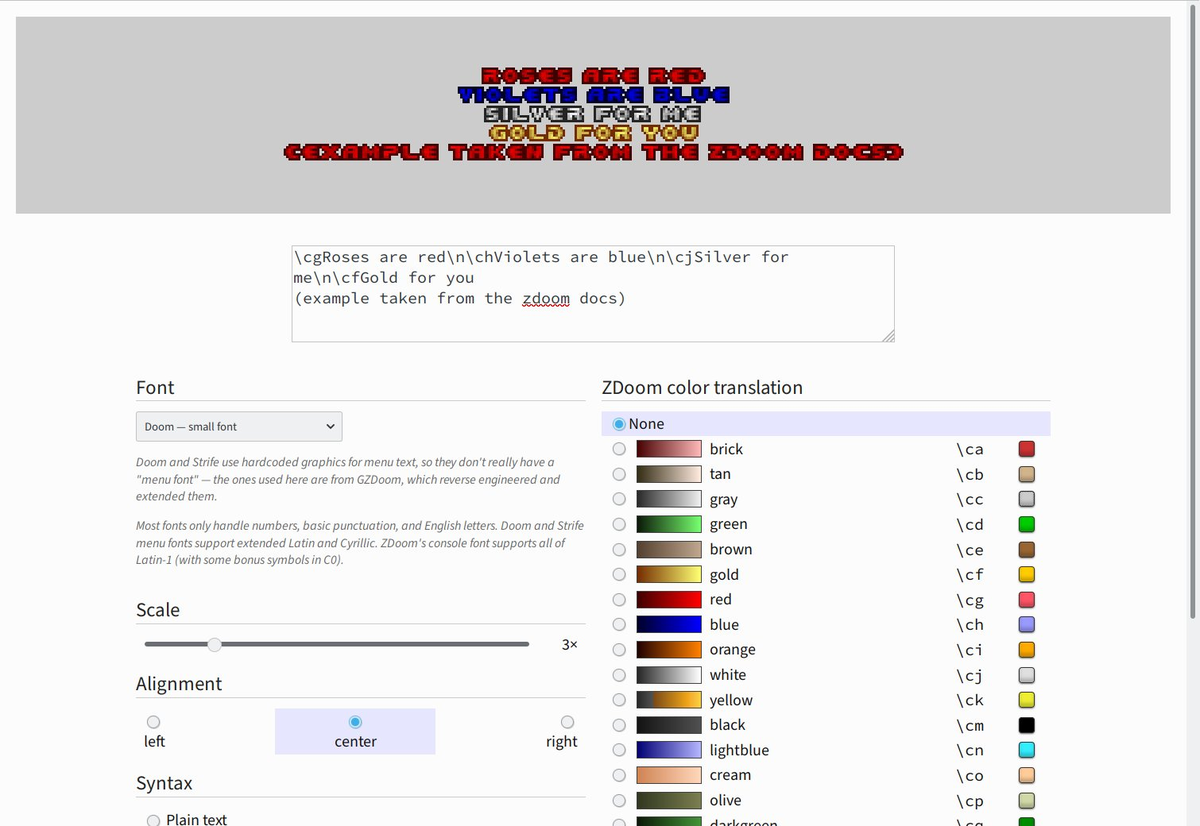I love Doom. Or, well, I love Doom 2, which is the game we actually had when I was nostalgia years old.
I love the aesthetic — pixely in a 3D(ish) environment, and consistent in a way that meshes together really well. The classic levels are abstract (occasionally too abstract), but still detailed enough to feel like they could represent real places as long as you don’t think about it too hard. The environment is surprisingly dynamic: there are switches and devices everywhere. That seems to have gotten much rarer over time, as climbing polygon counts have required ever-heavier optimizations on environments, which make it harder to move at runtime.
Plus the engine is really simple, so mapping is really simple, and anyone can make a little world they can then move around in and share with others.
And I think that’s fantastic. Everyone should try making games. They’re a great medium, a way to express nearly any kind of creative idea, no matter what your interests. If you like music (Audiosurf), or art (BECOME A GREAT ARTIST IN JUST 10 SECONDS), or storytelling (Photopia), or programming (TIS-100), or puzzles, or human interaction, or ANYTHING, you can probably find a way to express it with a game. You don’t need to be good at everything. You can focus on one thing, or you can focus on everything, or you can pair up with people who have very different interests. A lot of the existing tools are aimed at programming types (probably since they’re all made by programming types), but they’re only getting better over time.
And what better way to get your feet wet than one of the oldest forms of homebrew game development: Doom modding.
I thought I’d try something different this month, especially because I keep writing ludicrously long posts (I say, as if this one were any better), and also this month I’m trying to focus on an intersection of gamedev and writing, and also it’s Christmas (???). So here is part 1 of a three-part series on how to build you a world.

![[articles]](https://eev.ee/theme/images/category-articles.png) Recommended GZDoom settings
Recommended GZDoom settings
![[updates]](https://eev.ee/theme/images/category-updates.png) Doom text generator
Doom text generator

![[process]](https://eev.ee/theme/images/category-process.png) Conundrum
Conundrum

![[dev]](https://eev.ee/theme/images/category-dev.png) Weekly roundup: legion of Doom
Weekly roundup: legion of Doom